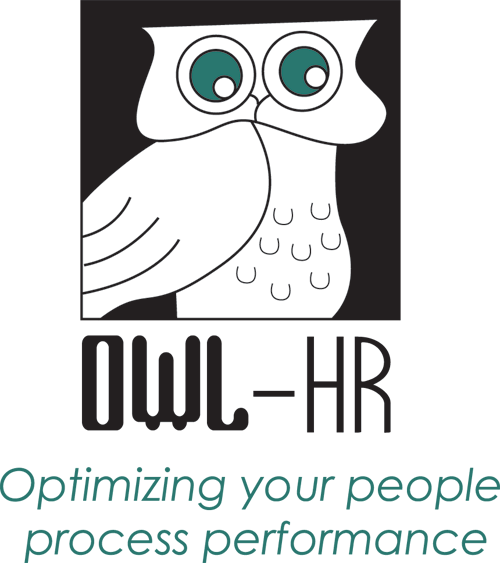It would sure be helpful to completely understand the intentions of others. Whether deliberate or not, often folks’ actions and words don’t match what they are truly thinking. How good are you at reading people? I can think a million situations where I wished for psychic abilities and a crystal ball. Who hasn’t tried to comprehend the feelings a significant other has for us? It would also be very useful to have mind reading abilities when it comes to fully understanding what the boss wants when she assigns you a project or what her comments really mean about your job performance during your annual review. Understanding the motivations behind the questions an interviewer asks you could be career altering.
What if it was actually possible to read the minds others? Maybe it is. I recently read Blink, By Malcolm Gladwell. In his book, Gladwell explains the instincts that influence how we make decisions. He describes two amazing scientists who had an intriguing discovery. Silvan Tomkins and Paul Ekman have done extensive research into facial expressions. Tomkins believed that faces hold valuable clues about our inner emotions and motivations. It was said that Tomkins could look at Wanted posters in the post office and say what crimes the fugitives had committed. Their research showed that the common set of rules guiding the meaning of facial expressions transcended cultural differences. Ekman traveled to Japan, Brazil, Argentina, remote tribes in the jungles of the Far East and discovered that peoples’ expressions meant the same wherever he went. They created an entire taxonomy of facial expressions by identifying facial muscles and every distinct muscular movement that the face can make. Ekman and his colleague Wallace Friesen determined that there were over 10,000 different facial expressions, 3,000 of which had a specific meaning. They catalogued the meaningful expressions and assigned them numbers based on what combination of facial muscles were involved.
Ekman recalled the first time he saw Bill Clinton during the 1992 primaries. After categorizing his facial expressions, he said, “This is a guy who wants to be caught with his hand in the cookie jar and have us love him for it anyway”. Ekman also said that “the information on our face is not just a signal of what is going on inside our mind. In a certain sense, it is what is going on inside our mind.” They determined this on accident when generating the facial expression for sadness and anguish. After doing this expression for most of the day, both Friesen and Ekman actually felt terrible.
I took away a couple lessons from this excellent read. Smiling more is actually scientifically proven to improve your outlook and level of happiness. Also, we need to pay close attention to those instinctual reactions we have when communicating with others. There is often more relevant meaning for us in these expressions than the spoken words.
Check out the book if you want to learn more!
http://www.amazon.com/Blink-Power-Thinking-Without/dp/0316010669
Subscribe to:
Post Comments (Atom)



No comments:
Post a Comment